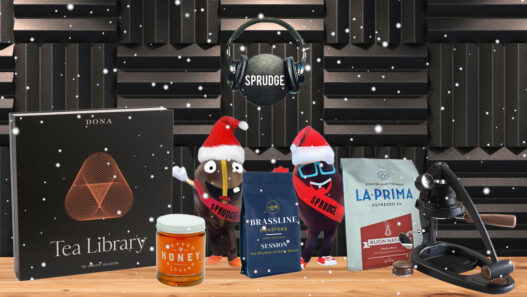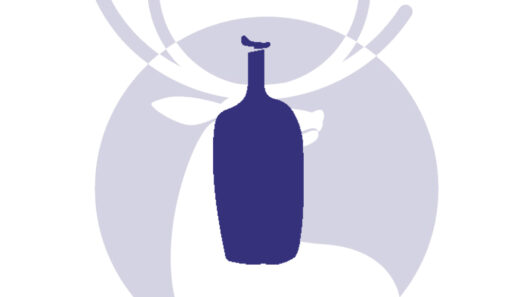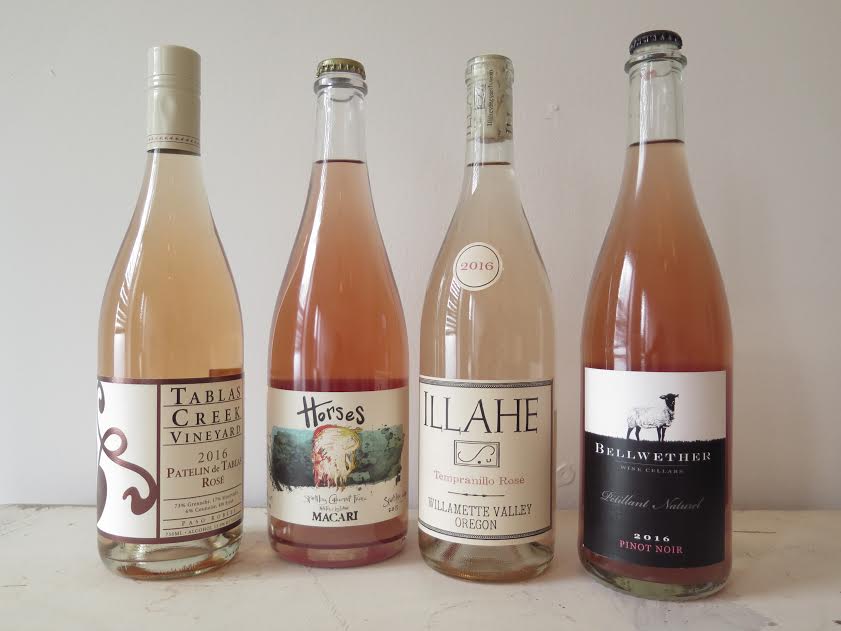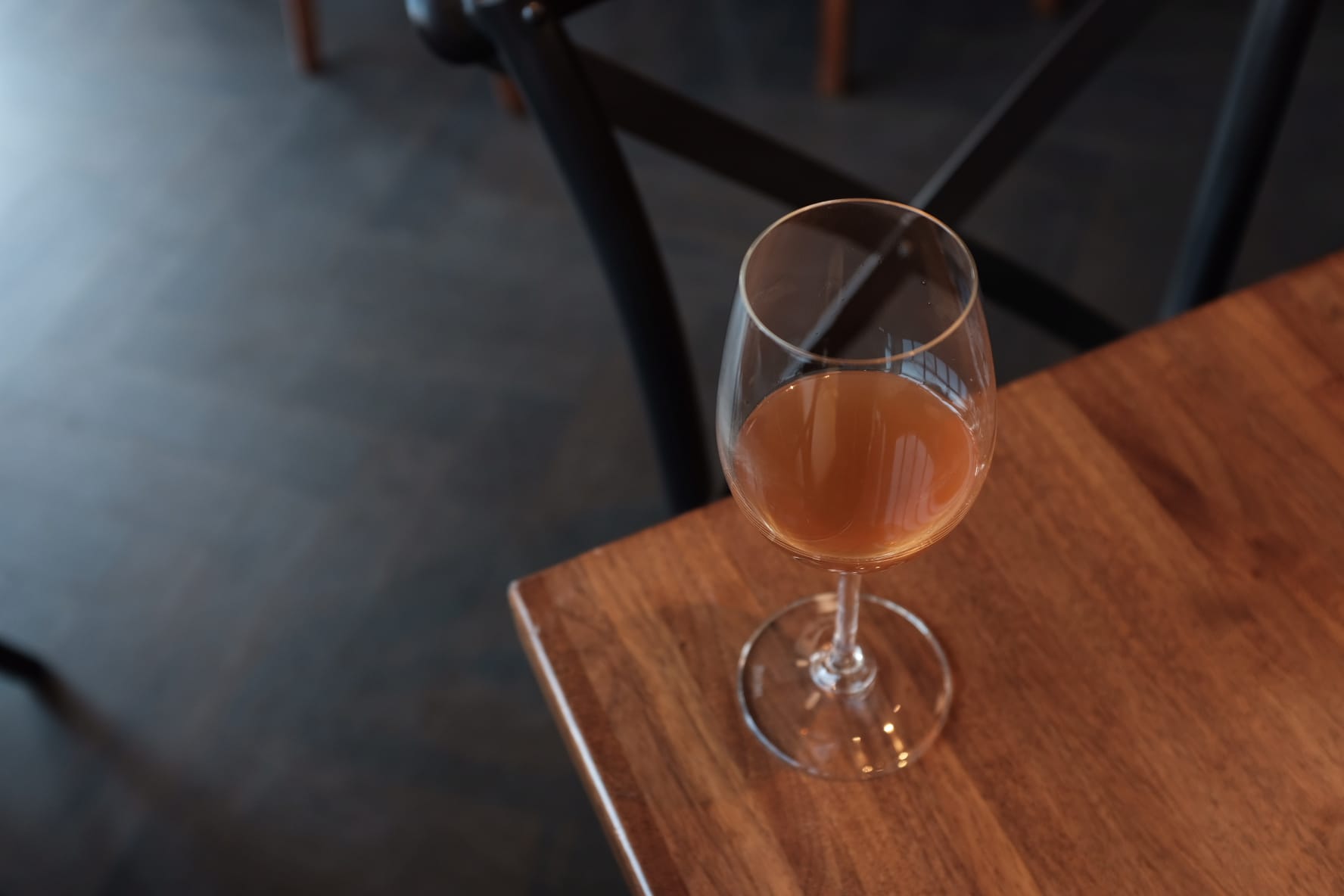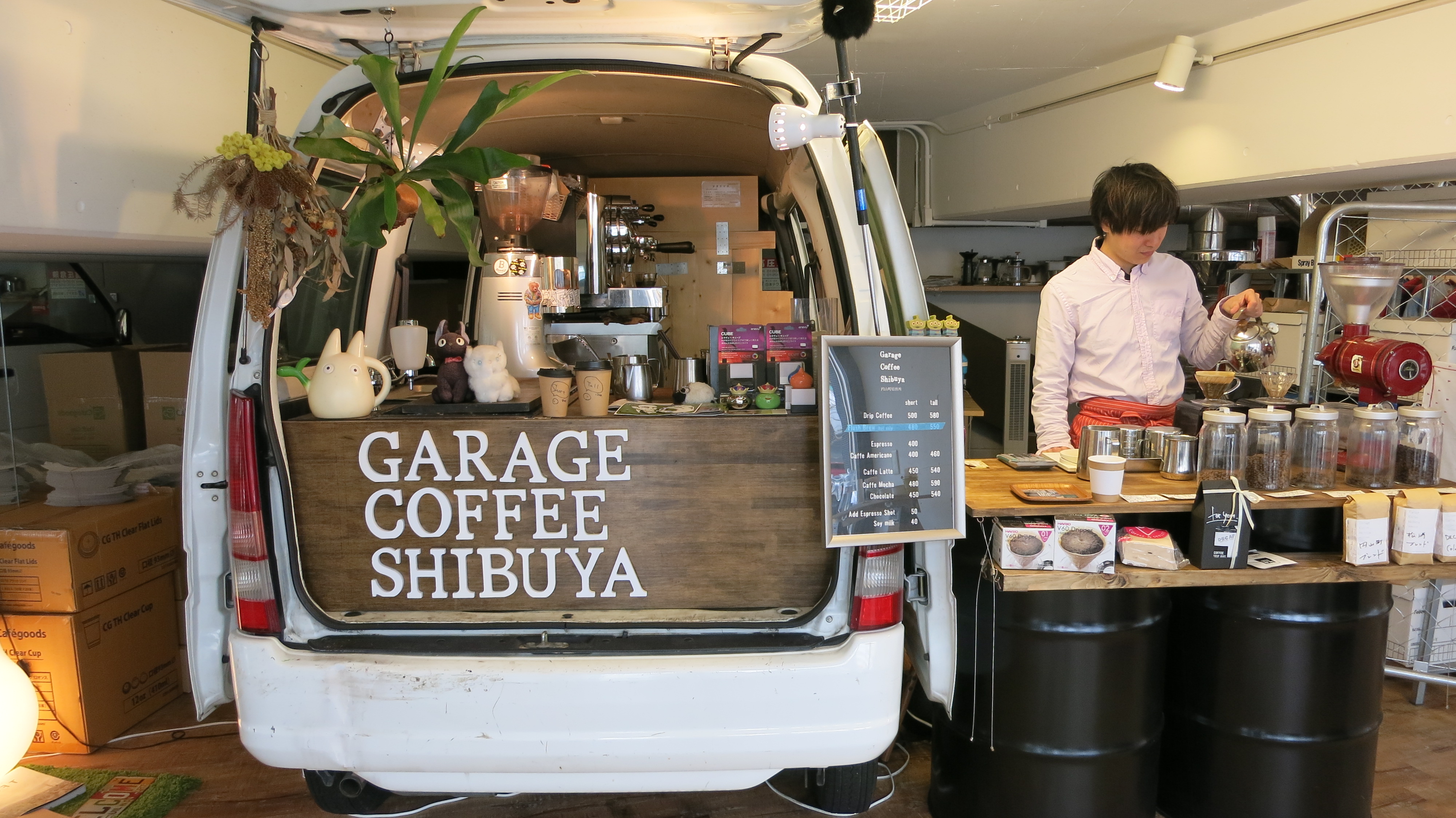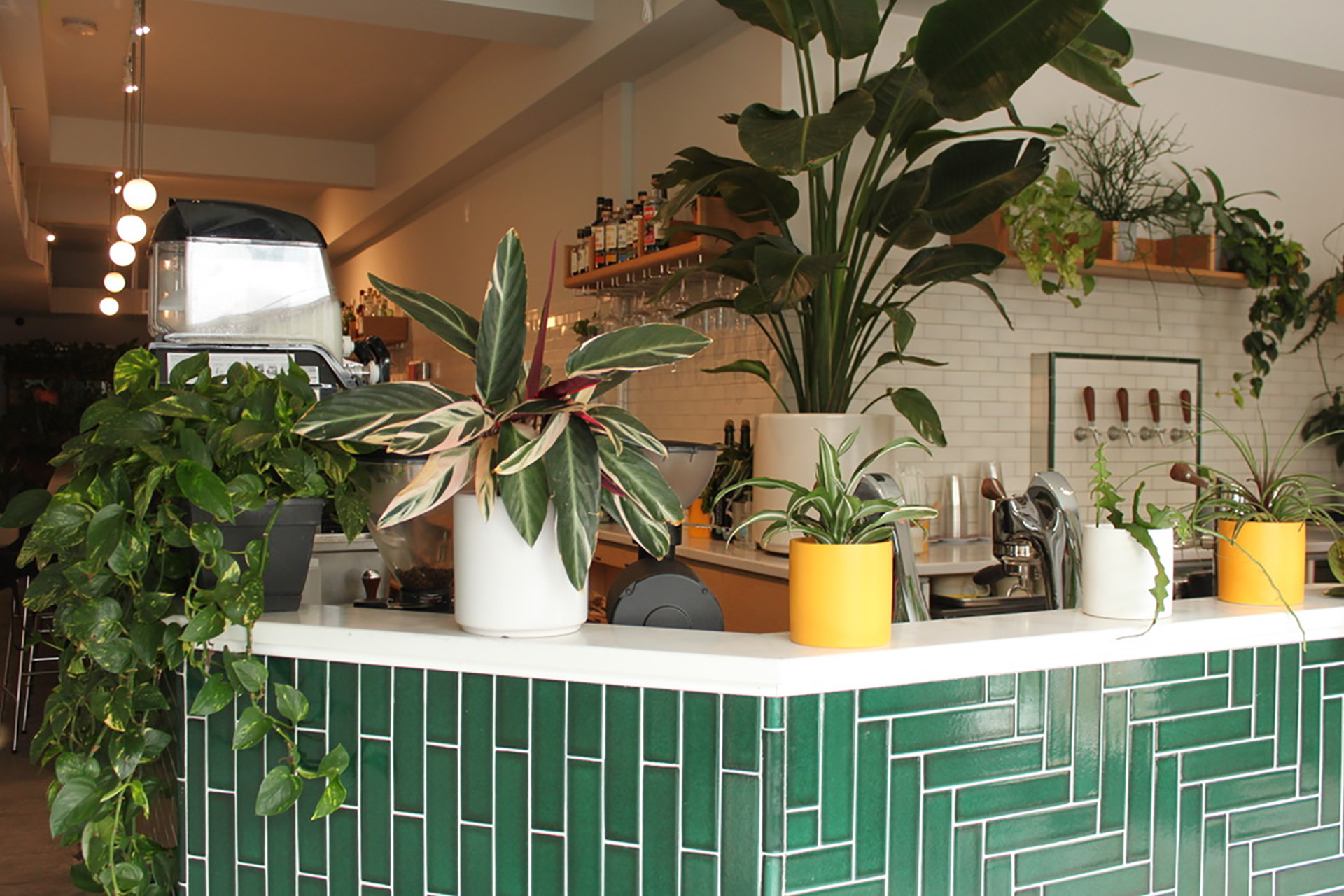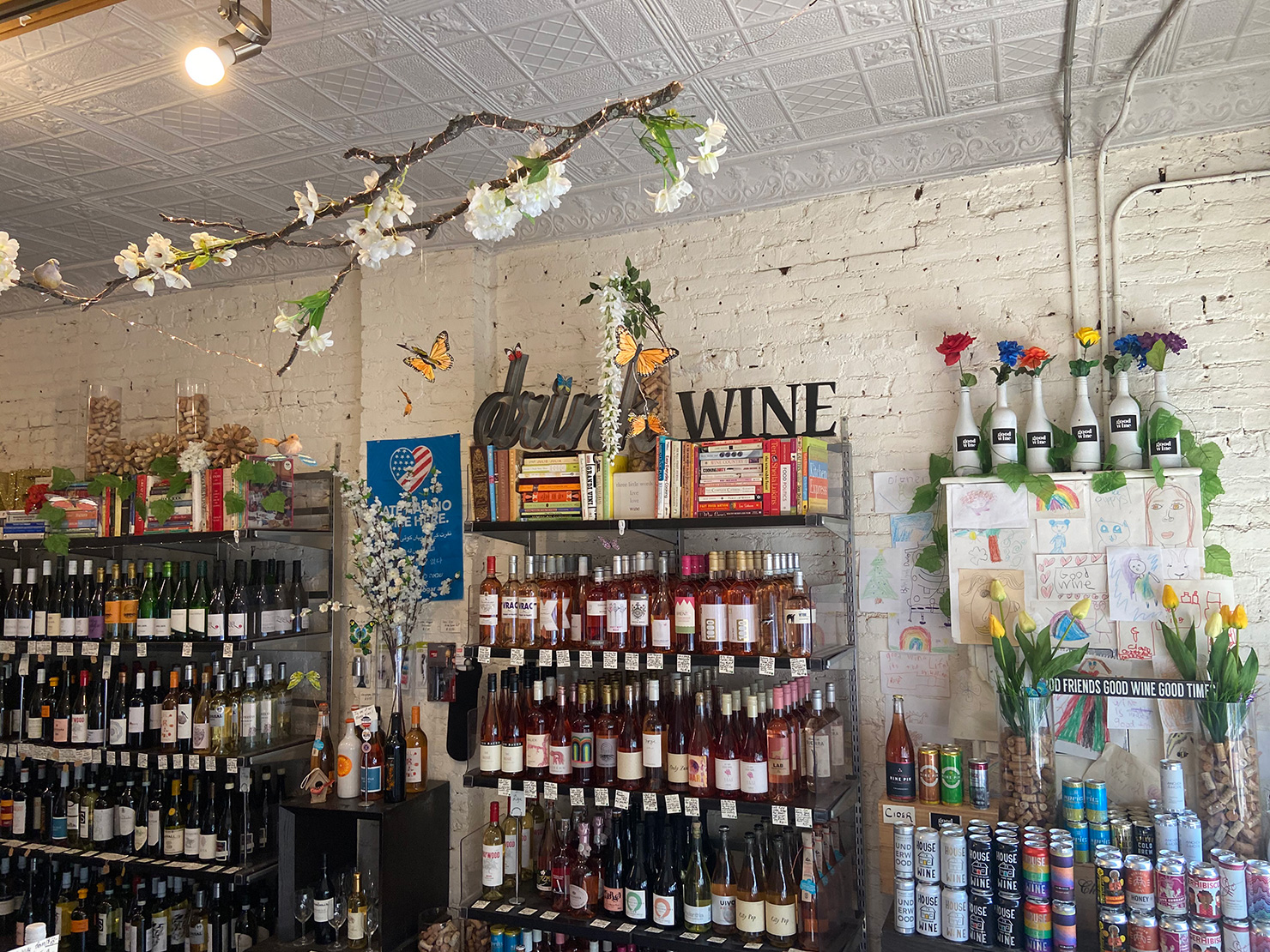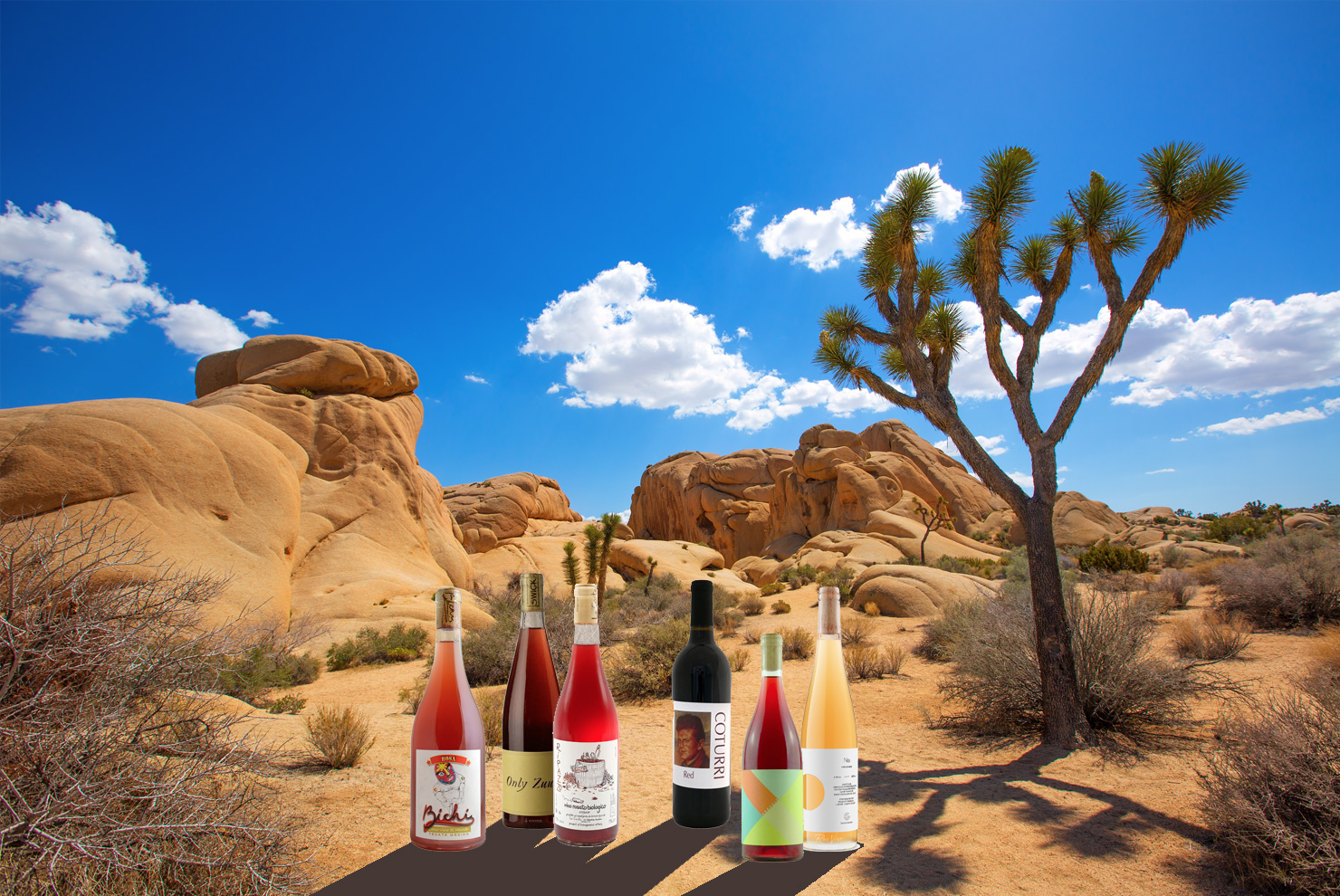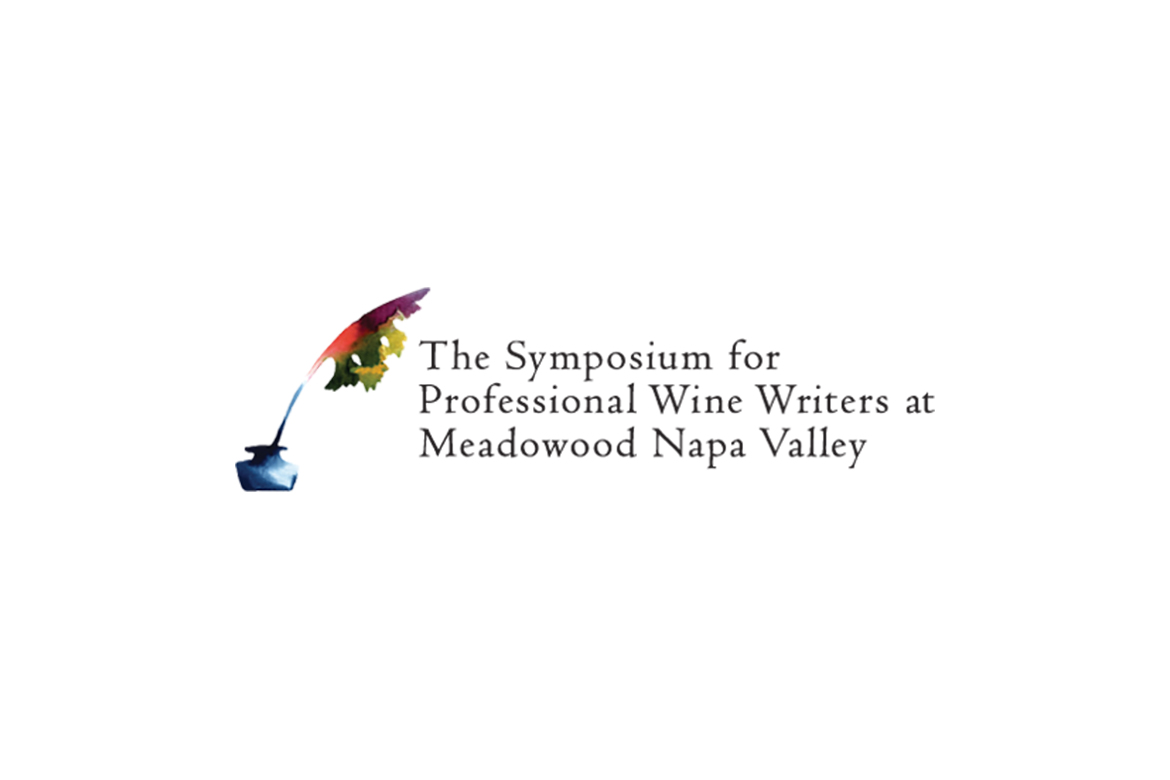All rosé wines are not created equal. So if you really love to drink pink, you deserve to try out some of the more elegant versions of rosé out there, whether they are bubbly, slightly aged, or simply made with extra care and from highly regarded vineyards. There’s a time and a place for sipping pale pink plonk with a few ice cubes, but when you’re ready for a more serious rosé, try one of these exciting options. While this list contains nothing from the often-overhyped Provence, it does feature small domestic producers that any wine lover should know, as well as unusual Spanish and Italian bottles. You’ll also find a few slightly aged rosés recommended here, and some pét-nat wines, meaning they are made fizzy by simply bottling the wine right after primary fermentation, a more fun and less labor-intensive approach to bubbles.
Division Wine Co. Gamay Rosé, 2016
Right in the heart of Portland, Oregon, the urban winery Division Wine Co. is making juice from select vineyards around Oregon and Washington State, with an Old World spirit—focusing on terroir and lower alcohol levels. The winery’s Gamay rosé is made with grapes from a Washington vineyard, and it’s pure pleasure: fresh and fruity, with notes of crushed strawberry, and mineral overtones to liven it up. They also offer a more limited-production Pinot Noir rosé that’s quite complex and interesting.
Illahe Tempranillo Rosé, 2016
From a small organic producer in Oregon’s Willamette Valley, this barrel-fermented rosé is a real gem. It’s very pale in color, and has a nose of tart, unripe apricots. The wine is full of lip-smacking acidity and has a long, intense mineral finish, making it ideal for food pairings: Try this wine with creamy pasta dishes or grilled scallops.
Macari Vineyards “Horses” Sparkling Cabernet Franc Rosé, 2015
Located on the North Fork of Long Island, this family-owned and -operated estate has been biodynamic since it was founded in the 90s. This naturally sparkling wine—methode traditionelle to be specific, and non-disgorged—named after the Patti Smith album Horses, is a delicious patio pounder for a sunny afternoon. It’s full of wild strawberry, cherry, and cranberry notes with soft herbal undertones. It’s just a tiny bit sweet, with lots of acidity—like biting into a fresh peach. Be careful when you open it—there’s a lot of pressure in the bottle, and it may spray out. Just make sure you’re having aperitif outside.
Bellwether Cellars Pinot Noir Pét-Nat Rosé, 2016
There are two sumptuous pink wines out this spring from Finger Lakes wunderkind producer Kris Matthewson, and they are made with just as much attention and complexity as he gives his Rieslings and red Pinot Noirs. Matthewson’s still Pinot Noir rosé has a rich mouthfeel with fresh cranberries on the palate, and a serious backbone of acidity. It’s one of the best rosés I’ve had recently and I recommend having it with duck or pork. There’s also a delicious bubbly rosé in limited quantities, made from whole-cluster, carbonic macerated Pinot Noir, which is fresh and fruity, but dry and bright. You won’t go wrong with either.
Tablas Creek “Patelin de Tablas” Rosé, 2016
Tablas Creek grows Southern Rhône grape varieties on their estate in Paso Robles, California, because the limestone soils are also found in France’s Southern Rhône, famous for its red grapes Grenache, Mourvèdre, Counoise, and Syrah. This fresh and easygoing rosé is a very light, peachy color; it shows red fruits, with a bit of spice from the Syrah. It’s made mainly by directly pressing the grapes, along with small lots of macerated Mourvèdre and Counoise.
Rezabal Getariako Txakolina Rosé, 2016
The Basque country has become a bit famous for their slightly fizzy, tart rosé wines in the signature long-neck bottles. Here’s one that is next level: Made from a native regional grape called Hondarrabi Beltza, this rosé is herbal with green tomato notes, and full of refreshing acidity. In this case the fizz occurs naturally as the wine is bottled with a bit of residual carbon dioxide, a natural byproduct of fermentation.
Le Cince Cerasuolo d’Abruzzo, 2014
This terrific light red style of wine called cerasuolo is produced in the Abruzzo region of Eastern Italy: It translates to “little cherry,” and it’s a super-delicious version of rosé, more robust and complex, and appropriate for meals featuring barbecue pork or steak, or vegetable-laden pizzas. The wine from Stefano Do Fermo is made from the Montepulciano grape, so it has some power and tannin, but mostly you’ll love its lush texture, full of red fruits but also dry and savory. This estate produces a particularly good cerasuolo that undergoes several months of barrel aging.
Rachel Signer (@rachsig) is a freelance wine writer based in Paris, and the co-founder of Terre Magazine. Read more Rachel Signer on Sprudge Wine.




